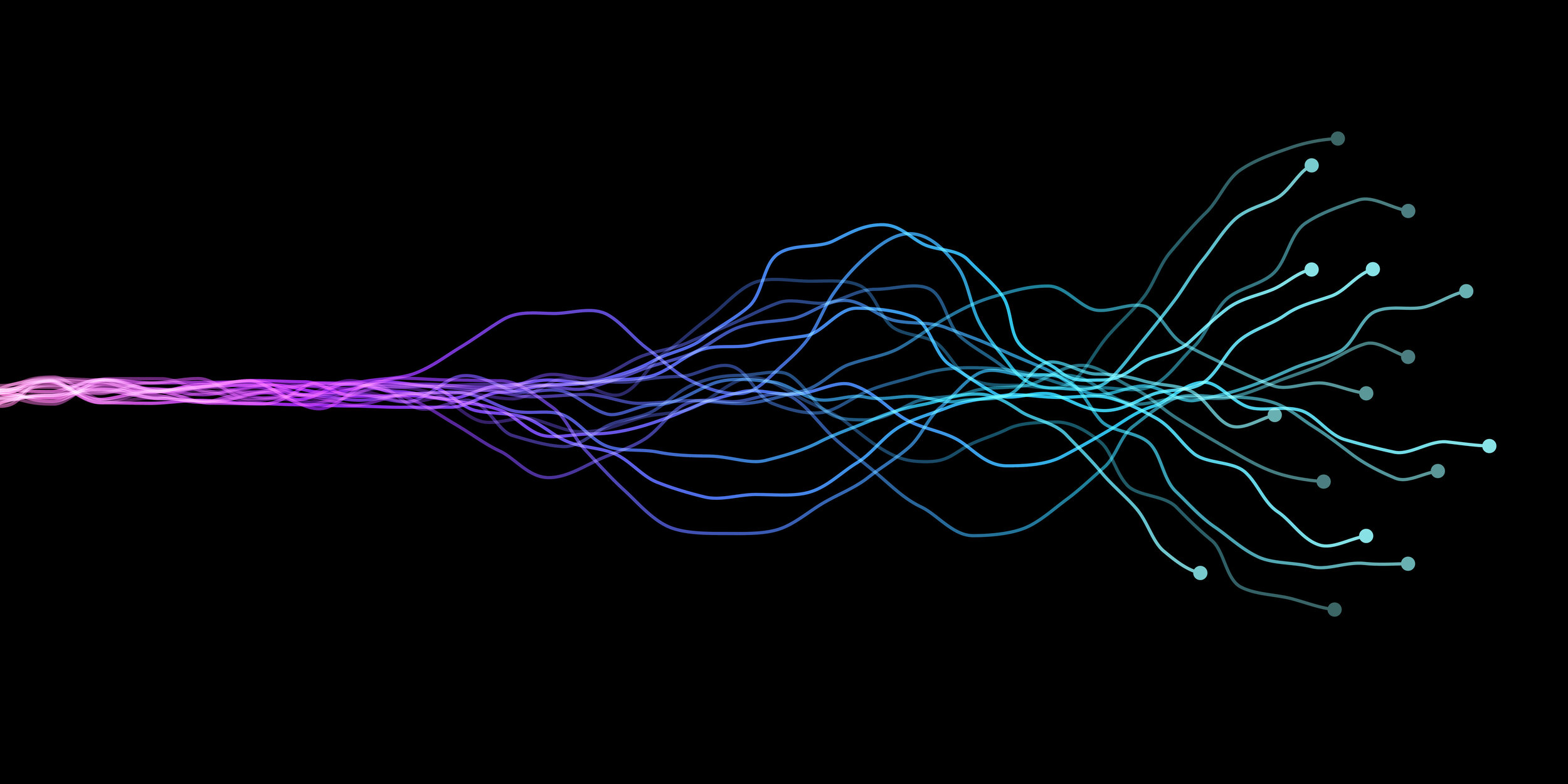
Picture shown is for illustration purpose only. Actual product may vary due to product enhancement.
Introducing N-SENSE™
Our Novel ENG Platform Technology
Features & Benefits
Multi-channel hardware designed to sense & stimulate nerves.
Simultaneous stimula- tion and measure for optimal closed loop feedback system
Aid in targeting nerve location.
Algorithms tailored to specific applications.
Assess nerve for hyperactivity.
Catheter-agnostic interface.

Reducing hypertension through effective, faster, safer procedures
Our first product focuses on improving the safety and efficacy of renal denervation procedures.
Renal Denervation Quick Facts
Renal denervation is a minimally invasive, end-vascular catheter-based procedure using radio frequency ablation or ultrasound ablation aimed at treating resistant hypertension. Renal denervation has proven to be effective in reducing hypertension, but clinical endpoints are still suboptimal.
There are 2.6 million people in the U.S. that suffer with hypertension and 7.4 million in the rest of the world.
Hypertension is the single largest contributor to death.
Half of all diagnosed patients are non-adherent to their medical therapy within a year of initiating.
Two-thirds of cases remain uncontrolled despite the availability of drugs.
Renal denervation devide market is expected to reach $7B by 2021 (CAGR 23.7%)*
*Source:iHealthcareAnalyst, Inc. Feb. 2020
OUR VALUE ADD
Greater reduction in ambulatory blood pressure through introduction of a feedback loop for optimal ablation outcomes
Determine procedural need i.e. neurogenic causation
Determine completeness of ablation procedures
Deliver faster and safer procedures.

Addressing chronic pain
In the United States only, an estimated 20.4% of adults (50M) suffer from chronic pain and 8.0% (19.6M) high-impact pain*. This leads to significant disruptions, including dependence on opioids, anxiety and depression, poor health, or reduced quality of life.
Closed Loop Ablation can help better target chronic pain
Afferent medial branch nerves: facet joint pain, lumbar pain, arthritis, spinal stenosis
Stellate ganglia: acute ischemia, CRPS, neuralgia
Peripheral nerves: carpal tunnel, peripheral neuropathy
DRG: Intercostal neuralgia, neck pain, back pain, limb
OUR VALUE ADD
Closed loop ablation may be the optimal therapeutic choice to reduce chronic pain
Closed loop ablation vs. drug therapy
Reduced need and dependency for opiate analgesics
Reduced side effects associated with opiate analgesics
Addiction rate is approximately 10%, with 20-30% of prescribed opioids for pain management being misused**
Closed loop ablation vs. neurostimulation
Contraindications: ICD, pacemaker, MRI, ability to operate
Complications: lead migration, infection, rejection of the device, and new pain arising at the implant site
Explant and/or replacement requiring additional surgery
Product Development Timeline 2021/22





